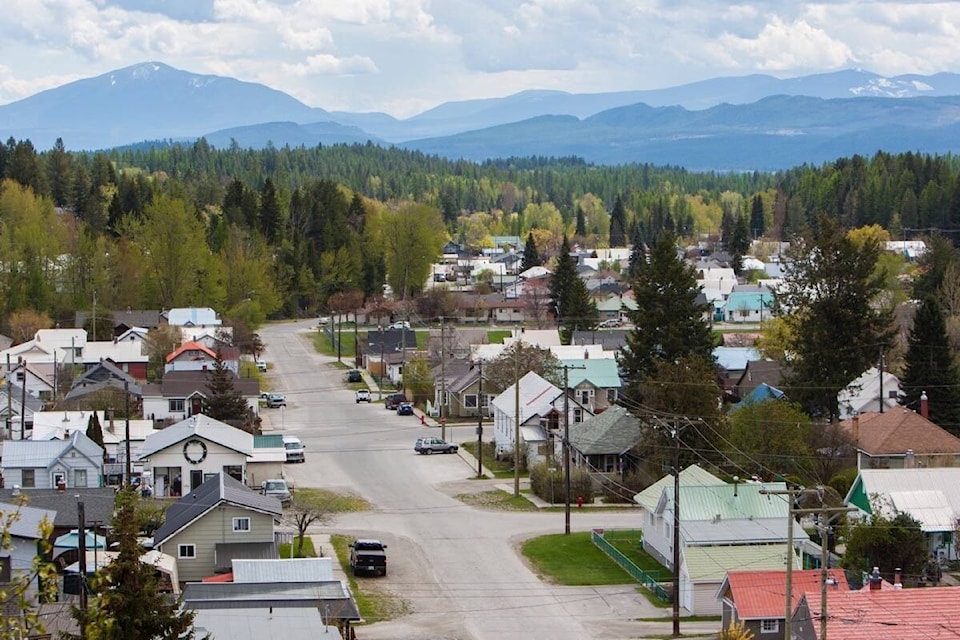Continuing with his look at Kimberley’s housing market, Mayor Don McCormick looks at the city’s demographics, what type of housing it currently offers and what is needed.
Kimberley’s demographics show a balanced community. Half of the population is under 45; half over. It’s growing at both ends of the spectrum with more kids 14 and under, and more seniors over 65.
Perhaps because of its history as a mining town, Kimberley’s housing market has been mostly single family homes for many years. McCormick says that 82 per cent of all housing types in Kimberley are single family homes, and having looked into other communities, Kimberley is an anomaly in that regard.
“Other communities offer a greater diversity of housing types to meet the broader needs of a growing population,” he said. “Thankfully, we are beginning to see multi-unit/higher density residences. Higher density and smaller footprints are the only real way to manage the increasing cost of land and construction, creating housing availability that the average person can afford.”
Seniors are 24 per cent of Kimberley’s population, almost 2,000 people.
“Thanks to our amazing outdoor lifestyle, seniors in Kimberley are healthy and able to live independently longer,” McCormick said. “77 per cent of our seniors population are living in single family homes, many aging in the same residence for the last 30 or more years. This is both a problem and an opportunity. The problem is that many want to downsize but have no housing options, leaving them stuck in the big house, sitting on equity that otherwise could be used to fund a fulfilling senior years. The opportunity is that if seniors had an alternative housing option, their existing single family home would become new housing inventory immediately available for sale. It should be noted that seniors have unique housing implications and demands; for example, ranch style living without stairs.”
Although Kimberley’s population has been growing at a fairly steady pace — as in not exploding — McCormick says you would still need 63 new dwellings a year to meet the need.
“Only twice in 10 years have we managed to build that many homes. Consequently, over the last 10 years the inventory of homes for purchase or rent has shrunk to the point of competing bids for each home that comes available. This drives up prices to unaffordable levels for many people.”
With needing 630 new dwellings over the past ten years, and only 386 being built, there is a shortfall of 244 homes.
But you also have to think about demand over the next five years, McCormick says.
“Assuming the growth rate stays as it has been for the last five years (there is no reason to challenge this), we need to build 556 new homes by 2027.”
What must change is the type of dwelling being built, he says.
“Kimberley cannot meet its housing needs with single family homes. We do not have enough land available, nor are there enough builders to meet that demand, nor do people earn enough income to pay the prices that single family homes command.”
a
carolyn.grant@kimberleybulletin.com
Like us on Facebook and follow us on Twitter
